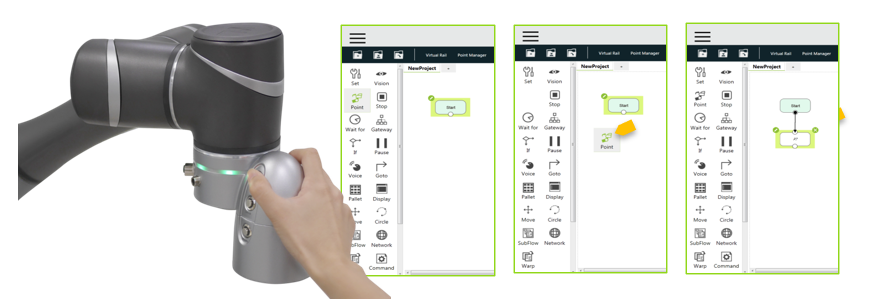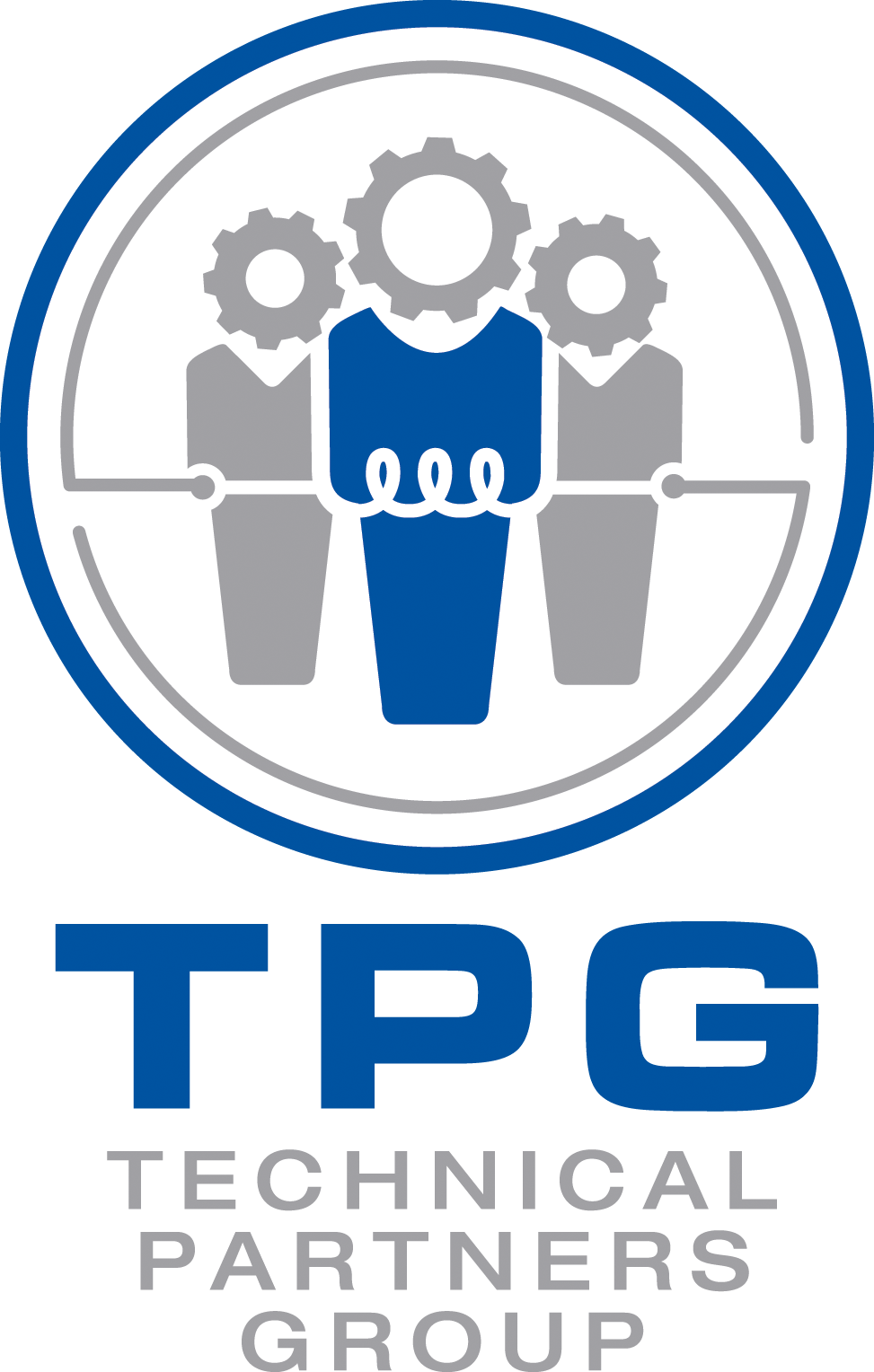
Robot programming: traditional vs. collaborative
The method of programming a traditional robot is very different than a collaborative robot.
One of the highest dollar considerations when integrating a robot is the programming costs. With a traditional robot, the programming is typically done by specialized engineers, incurring expensive labor costs. Programming a collaborative robot or cobot is a much easier task as they require no specialized programming knowledge to deploy. Cobots are often programmed by maintenance technicians or operators, keeping the cost of deployment down. This dramatically reduces the cost of re-purposing a cobot to a new production task.
The simplest to program cobots utilize a drag-and-drop method of programming. A user simply drags and drops the function they want the cobot to perform in the correct order of operations. Some cobots also allow a user to guide the robot from point to point and use simple buttons to program points or tasks that write the outline of the program. Either method is easy to learn and enables many more employees to interact with the robot productively.
Some cobot manufacturers take the easy programming approach a step further by providing application wizards. An application wizard can simplify the configuration of a complex task such as an end of line palletizing robot down to as little 5 to 10 minutes. The simplified programming of a collaborative robot allows users to support and deploy the robot themselves, as well as re-purpose the robot for new tasks as production processes are updated.
Advantages of collaborative robot programming:
- Drag-and-drop programming, no specialized knowledge required
- Direct guiding robot position/point with buttons to teach positions/tasks to quickly build a program
- Specialized application wizards further simplify the deployment of complex application
Visit the Techman Robot USA website to learn more about collaborative robots.


